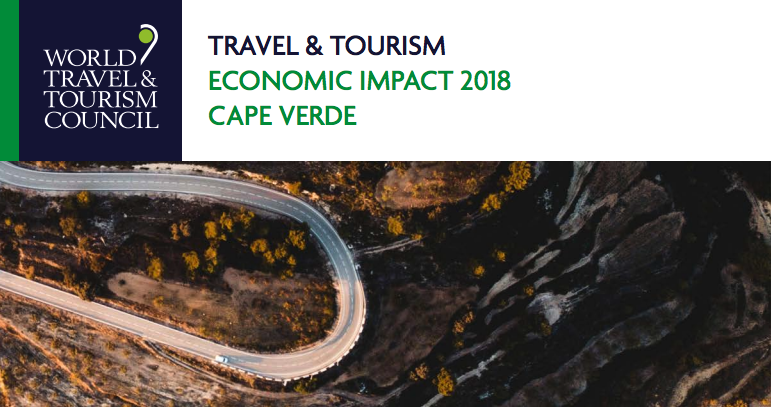
Cape Verde’s Economy is Flourishing in 2018 Thanks to Travel and Tourism
It is hard to imagine a time when Cape Verde was not known around the world as a tropical paradise. It now welcomes some half a million visitors per year to its shores – drawn by the promise of crystal-clear waters, unspoilt white-sand beaches and endless African sunshine. The Islands have flourished while developing their status as a tourist hotspot, and this has had a significant impact on the Cape Verdean economy. This is evident in the findings of the World Travel & Tourism Council’s (WTTC) 2018 report on the economic impact of travel and tourism on the archipelago. Below, we take a look at some of its key findings.
The contribution of travel and tourism continues to grow
In 2017, the travel and tourism industry directly contributed 17.8% of Cape Verde’s gross domestic profit (GDP). That equates to around $311 million. This ‘direct contribution’ came from hotels, travel agents, airlines, restaurants and those in the leisure industry. This is expected to rise by 3.1% in 2018 and 5.4% per year by 2028, so contributing 19.7% by 2028.
The contribution of travel and tourism to Cape Verde’s economy is even greater when the wider impacts of the industry are taken into account. These include indirect contributions to jobs and GDP through the construction of new hotels, the purchase of new aircraft, tourism marketing, Resort area security services, IT services for travel agents, catering services for airlines, and so on. Induced contributions – i.e. the money spent by those employed in travel and tourism roles – are also considered. In 2017, the total contribution was $782.9 million (44.9%). This is expected to rise by 3.1% in 2018 and 5.0% per year by 2028, at which point it will account for 47.9% of GDP.
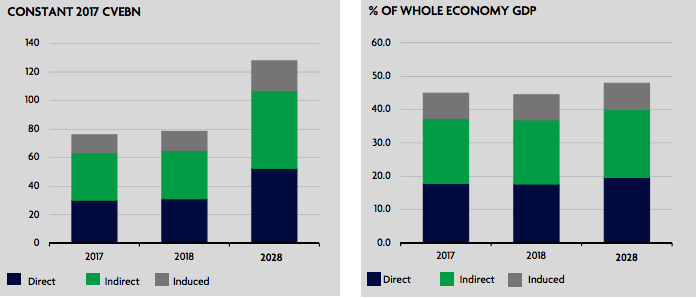
More jobs than ever
The opening of new hotels and Resorts, such as the luxury 5-star Resorts created by The Resort Group PLC – as well as other developments in the aviation, food and beverages and leisure sectors – has prompted a significant rise in employment in Cape Verde. In 2017, 37,500 jobs were directly supported by the travel and tourism industry, which accounts for 15.8% of total employment. This direct contribution is expected to rise by 2.8% in 2018 and by 4.5% per year by 2028 (to 60,000 jobs and 21.2% of total employment). If jobs that are indirectly affected by the industry are also taken into account, these figures rise. In 2017, the industry’s total contribution to employment was 39.3% (or 93,500 jobs), which is expected to rise by 1.7% in 2018 (95,000 jobs) and by 3.1% per year by 2028 (129,000 jobs).
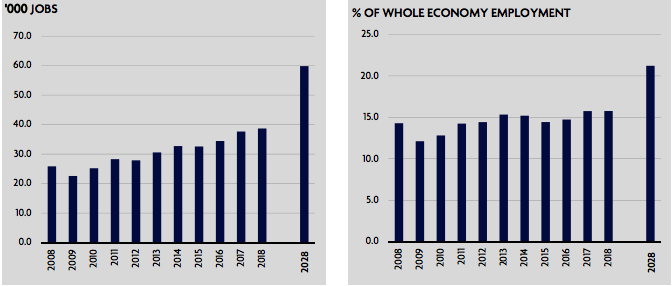
Tourists are spending more money
According to the WTTC, tourists are now also spending more money when travelling in Cape Verde. In 2017, $459.8 million was generated through visitor exports, which is 65.9% of total exports. With the country expecting to attract 634,000 foreign tourists in 2018, the revenue generated by visitor exports is forecast to grow by 2.6% this year. By 2028, it is expected to grow by 5.5% per year to 73.1% or $808.1 million.
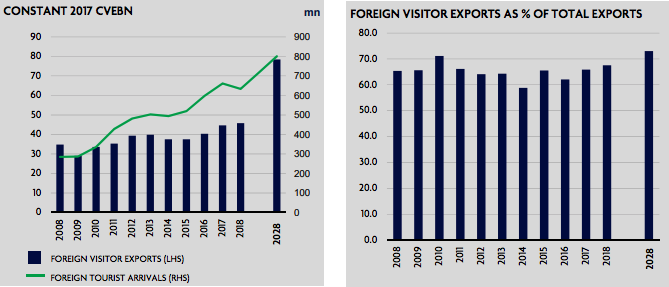
Investment is increasing
This growth in Cape Verde’s popularity and economy means that investment is also increasing. In 2017, the Islands attracted $144.2 million in investment for travel and tourism, which is 26.6% of total investment. This is expected to rise by 1.3% in 2018 and by 4.1% per year by 2028, when it should account for 25.4% of total investment in Cape Verde.
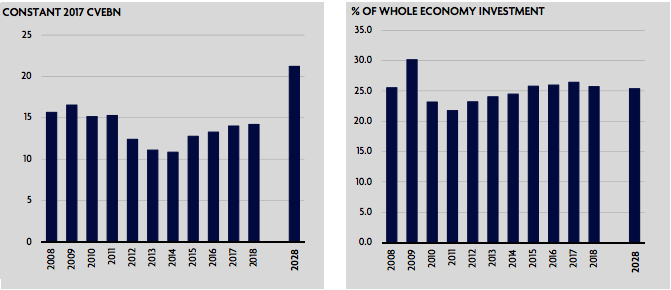
Clearly, the economy of Cape Verde is thriving, and this has a lot to do with the travel and tourism industry. If you are interested in discovering more about the archipelago, or are considering an investment, contact our friendly team at The Resort Group PLC.
